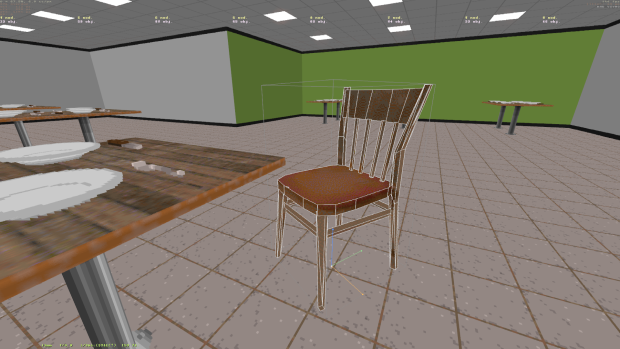Brahma is a 3D game engine with a rather retrofuturistic design, intended for small studios and solo developers. It's being written from scratch in C++ using standard Windows API and no third-party libraries. This technology introduces an entirely new class of low-latency real-time engines that make special timing requirements, treating frames as video fields with a target time budget of 2-4 ms each, down from 16-33 ms frame budgets normally seen in game engines. It evolves in a different way than other modern engines, rejecting conventional BSP, Z-buffer, floating-point coordinates, and most of the lame screen-space effects in favor of innovative and efficient techniques. The engine is non-Euclidean capable to some degree; also it supports true displacement mapping for sectors as a means to virtualize geometry that affects collisions. The engine is also carefully designed to be easy and convenient to develop for, yet versatile and adaptive to any needs.
I've modelled my first piece of furniture in Blender to test the engine with some more content done from scratch. The model was exported to OBJ format, with the skin exported as a PNG file and adapted to a palette.
This is a very low-poly chair that contains only 116 faces including triangles, quads and some ngons. Support for arbitrary ngons in Brahma Engine helps reduce polygon counts for same complexity objects.
The next generation of my BHG format is expected to support 3D quadratic Bezier triangles, which can curve, twist and take rather complex shapes with reasonable processing speed and very little memory footprint.






